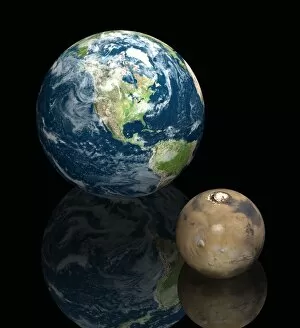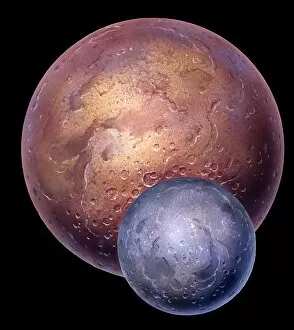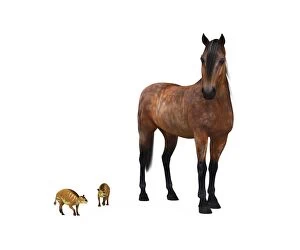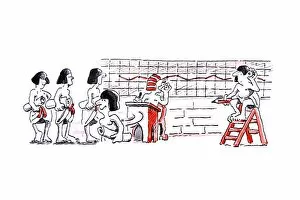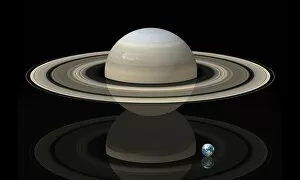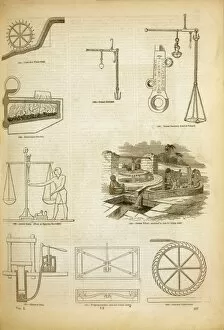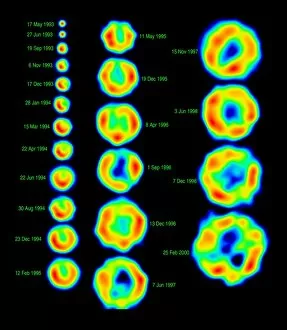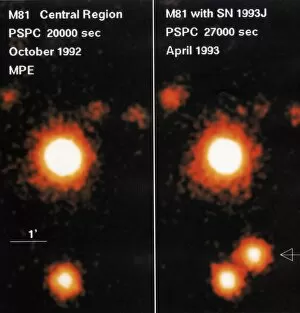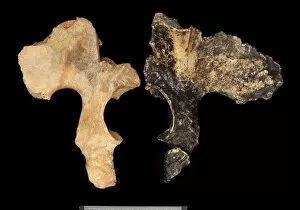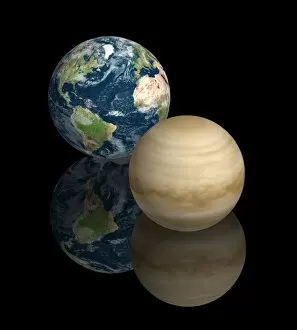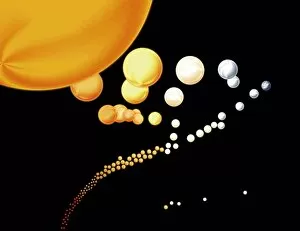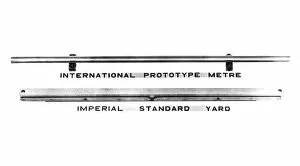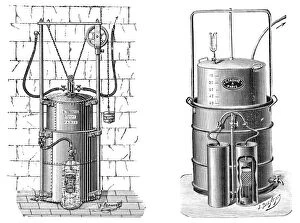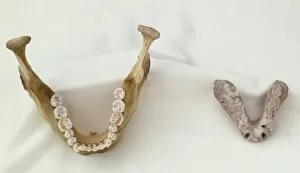Comparing Collection (page 3)
Comparing the vastness of our solar system planets to the bending starlight caused by the Sun's attraction, we delve into Einstein's theory
All Professionally Made to Order for Quick Shipping
Comparing the vastness of our solar system planets to the bending starlight caused by the Sun's attraction, we delve into Einstein's theory. Just as we marvel at the size difference between a Megalodon shark and a great white, let us journey back in time to explore the prehistoric world of these ancient giants. From cell types beautifully depicted in artwork to contemplating the grandeur of our solar system planets, we find ourselves transported through time and space. As we admire the most famous buildings from 1885, it is impossible not to be awestruck by their architectural splendor. The International Space Station (ISS) floating gracefully alongside our Moon C013/5148 reminds us of humanity's remarkable achievements beyond Earth's boundaries. Comparing Cerapod dinosaurs with a rhino brings forth an appreciation for evolution and diversity throughout history. Gazing upon Homo erectus skull, we ponder our own origins and how far we have come as a species. In an intriguing twist, even beer drinkers from centuries ago are subject to comparison through captivating 19th-century illustrations. And finally, exploring three nose types from the 17th century reveals how perceptions of beauty have evolved over time.



